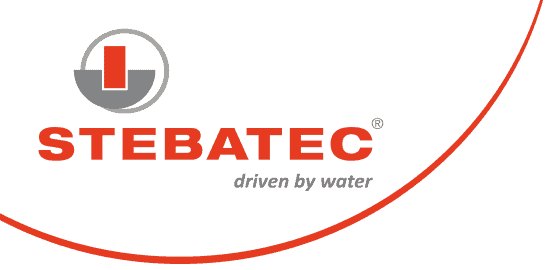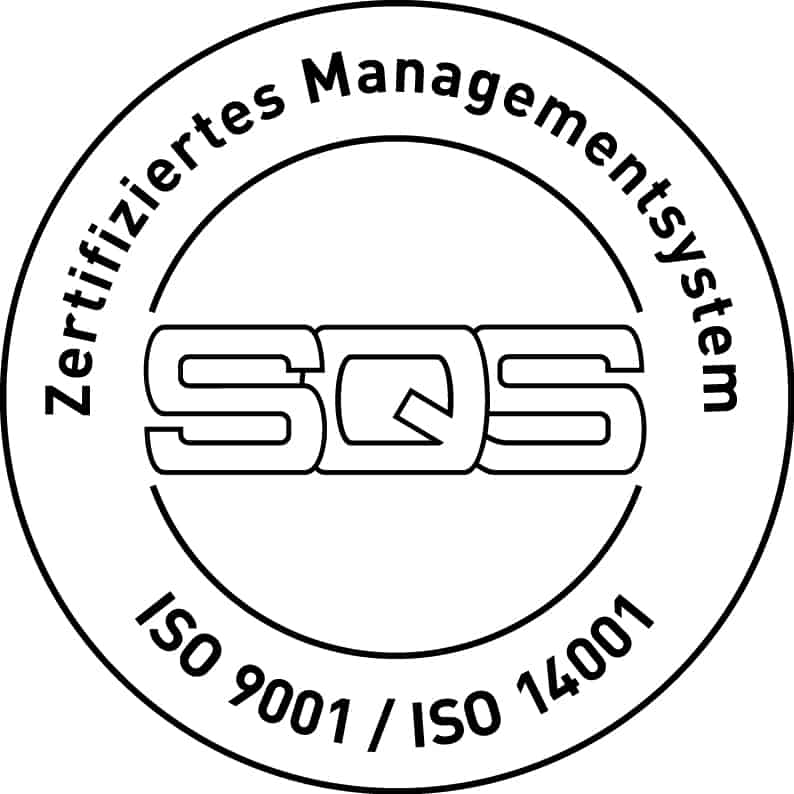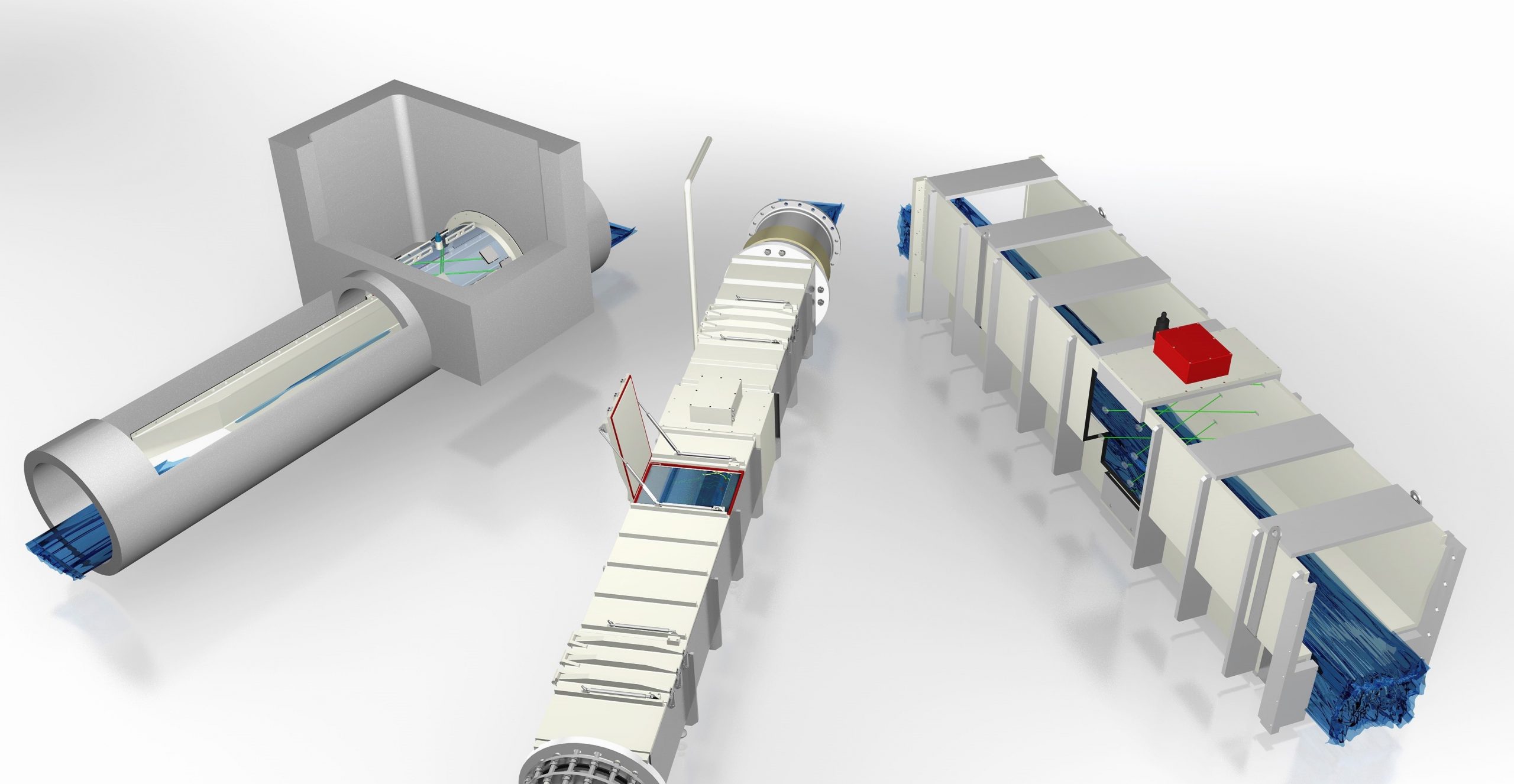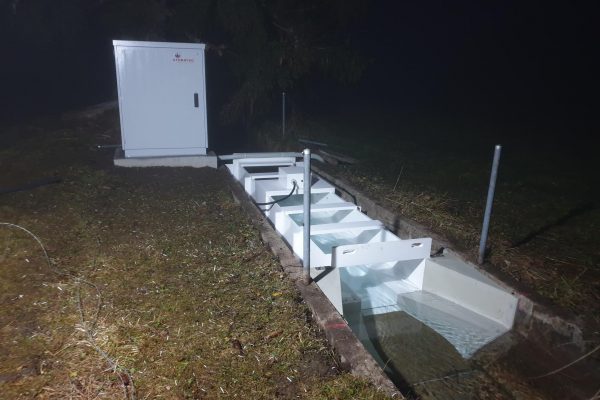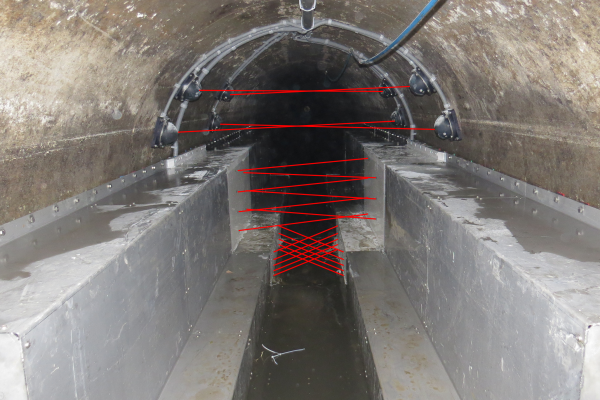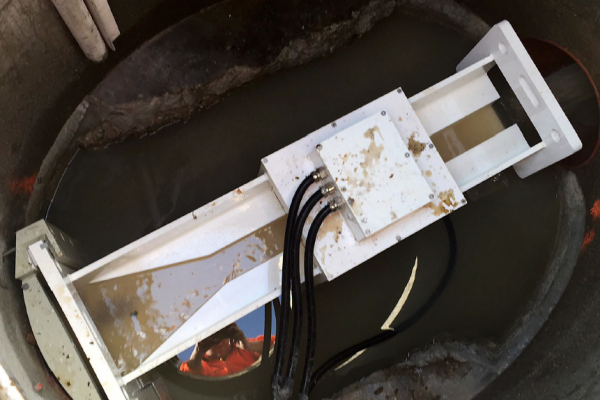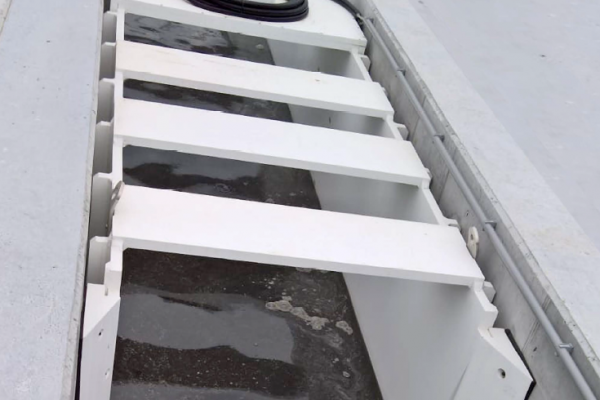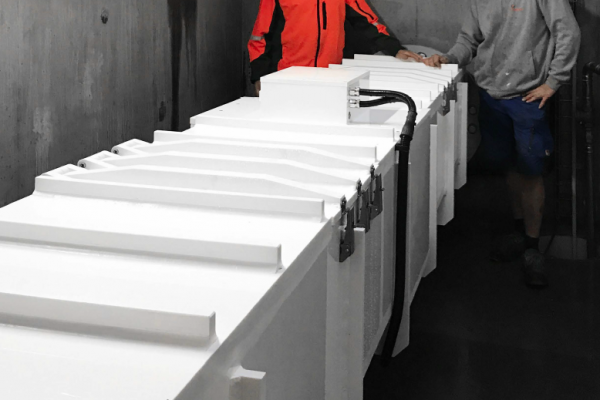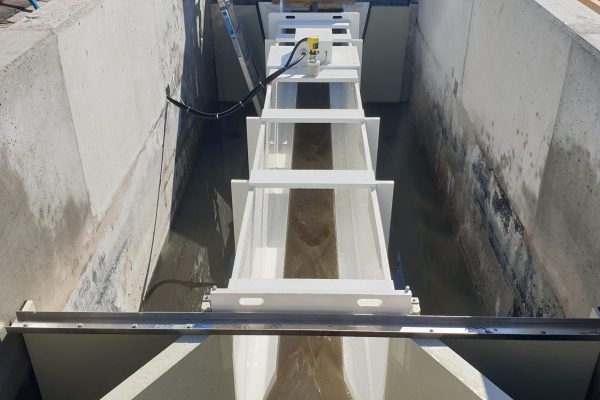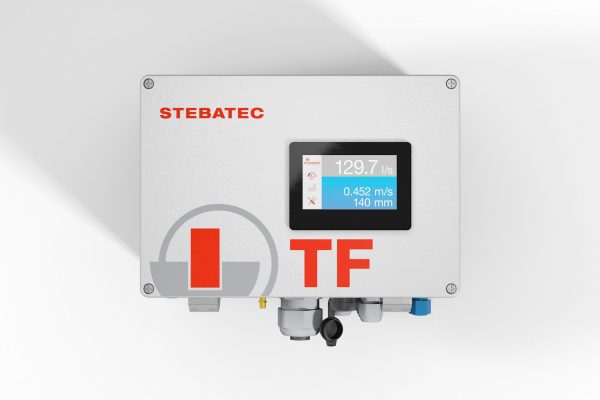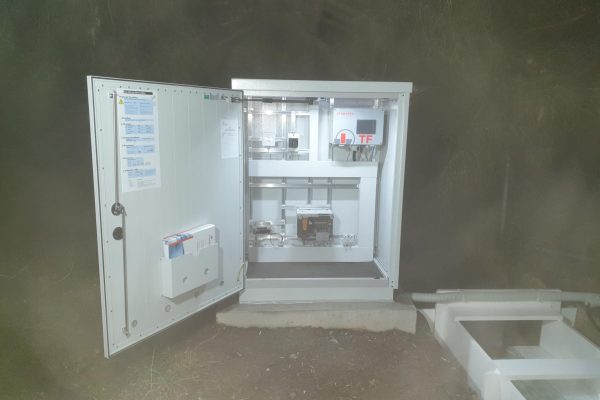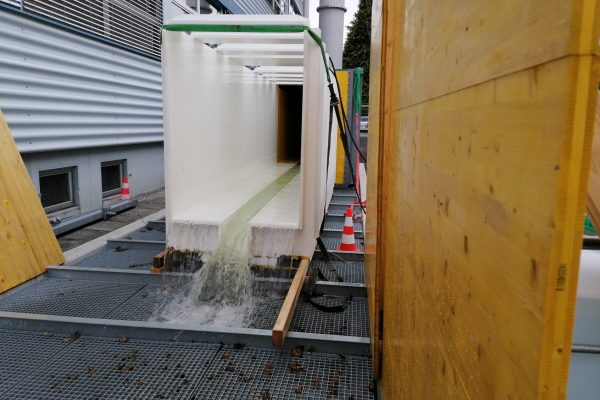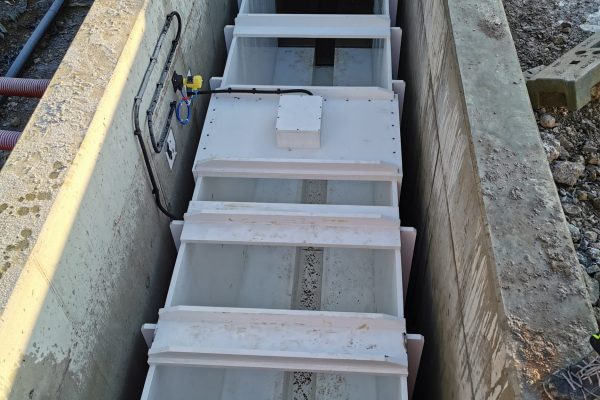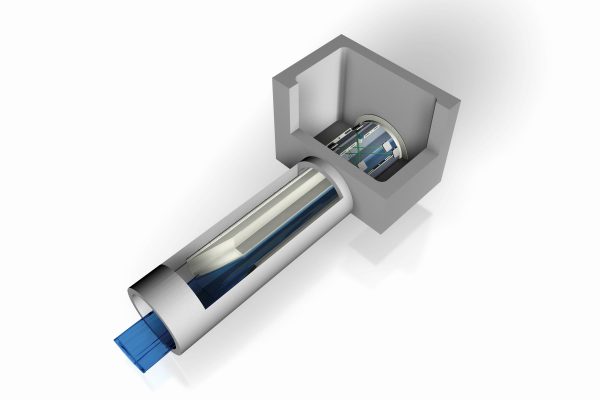Precise and cause-related flow measurement
The TF Stationary Flow Measurement is a calibrated measuring channel for backflow-free flow measurement of wastewater, raw wastewater and rainwater in open channels or open channels. The need for a cost accounting based on the polluter-pays principle is also increasing in the wastewater industry. Especially in view of increasing demands for precise measurement and control technology, the STEBATEC measuring system offers significant advantages to stationary, partially filled flow measurement.
Reliable measurement results – thanks to dry weather gutter
Because flowmeters are often unable to measure low water levels, the precise measurement of very small quantities in wastewater flow measurement technology is generally considered a challenge. Therefore, the purpose of STEBATEC’s adaptable flume design is to provide a device to measure flow rates in partially filled (open) sections, e.g. flumes, but also in closed sections, e.g. pipes, even at (very) low discharge. Thanks to the “dry weather gutter” on the partially filled stationary flow measuring system, water level and flow velocity remain measurable even in these cases. In addition, the dimensioning of the rainwater weather channel can also be carried out individually, so that the device cross-section can be adapted to the accruing water quantities, resulting in optimal measuring conditions. The rectangular shape was chosen in order to position the sensors close to each other and thus ensure a seamless, deep insight into the flow profile.
Three different construction methods
The stationary flow measurement partially filled TF is offered in the following three versions:
- Wet exposition; open at the top and without drain-side connection to the continuing line
- dry installation; closed with maintenance openings
- In-line construction; in pipes and ducts with a diameter >1.5m
